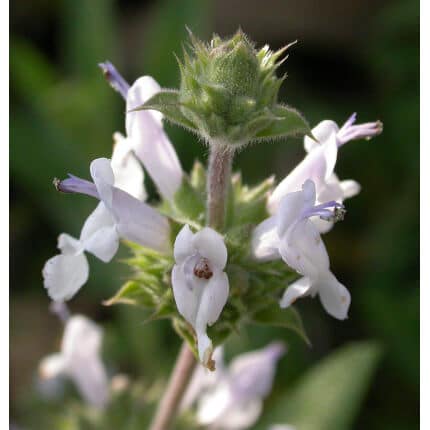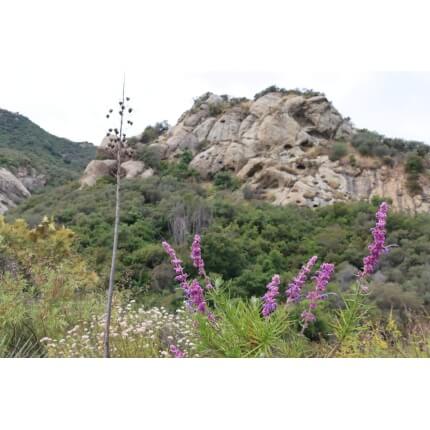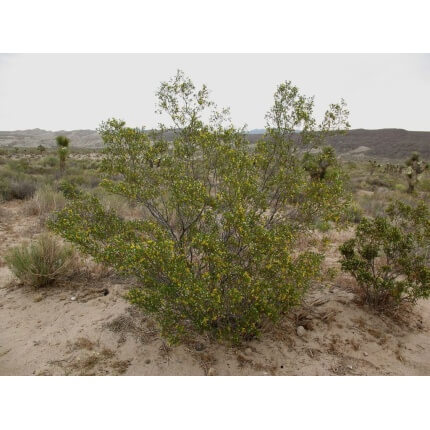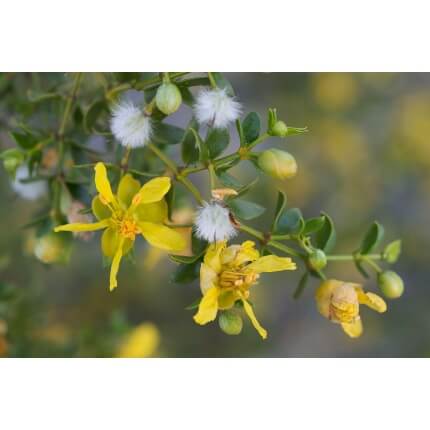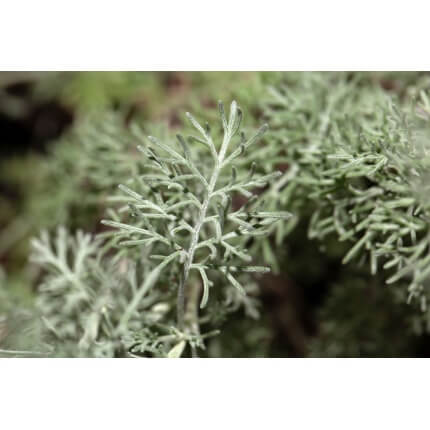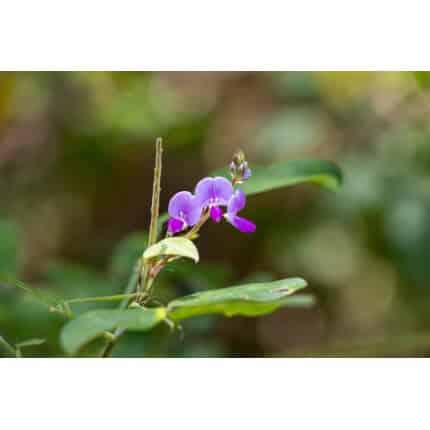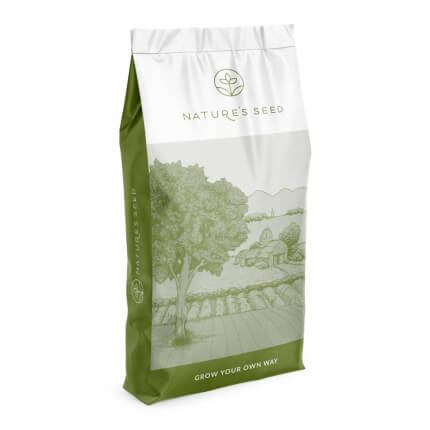Scientific name: Atriplex canescens
Four-wing saltbush is a perennial deciduous evergreen shrub native to the arid regions of the western United States. It is often found in salt-desert scrub communities in western North America’s Great Basin, Mojave, and Sonora Desert areas. Four-wing saltbush is adapted to most soils, though is best suited to deep, well-drained; loamy, and sandy to rocky soils. It also tolerates soil types including salt, clay, sand, and very alkaline soils, and is often used in butterfly and bird gardens. Over time, it becomes drought tolerant.
Despite the name, Four-wing saltbush is a highly palatable forage for most livestock and big game. Its protein, fat, and carbohydrate levels are comparable to alfalfa, and it is utilized as a winter forage. Native Americans boiled the roots with a little salt to ease stomach pain and coughs. Roots were also ground and applied as a toothache remedy. Soapy lather from leaves was used for itching and rashes. Fresh leaf, or poultice was applied to ant bites. Seeds were eaten and used to make flour.
Host plant: western pygmy blue, Mohave sootywing, San Emigdio blue, Meske’s Pero moth
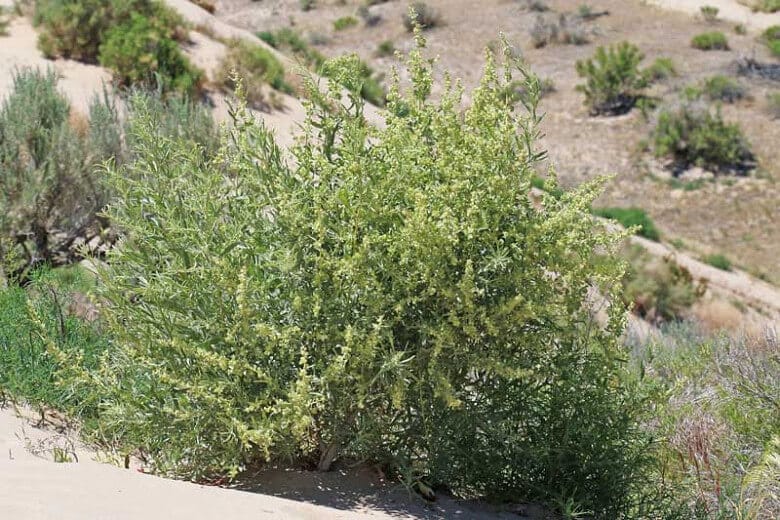

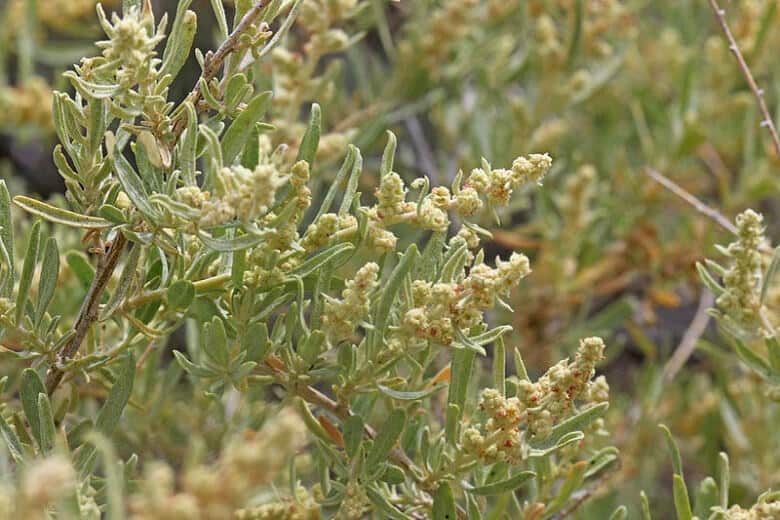
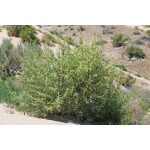
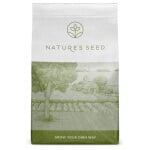
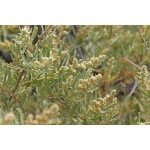
 Purchase this item and get
Purchase this item and get 